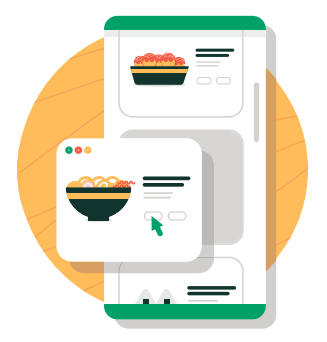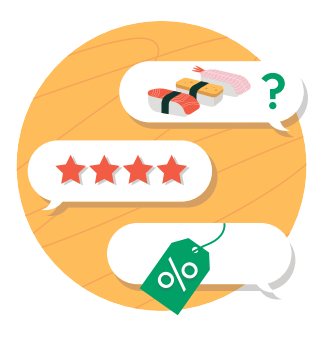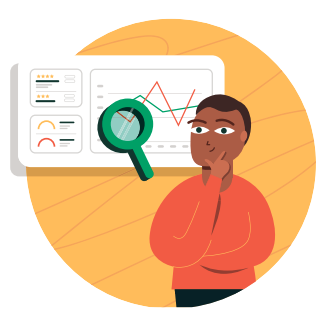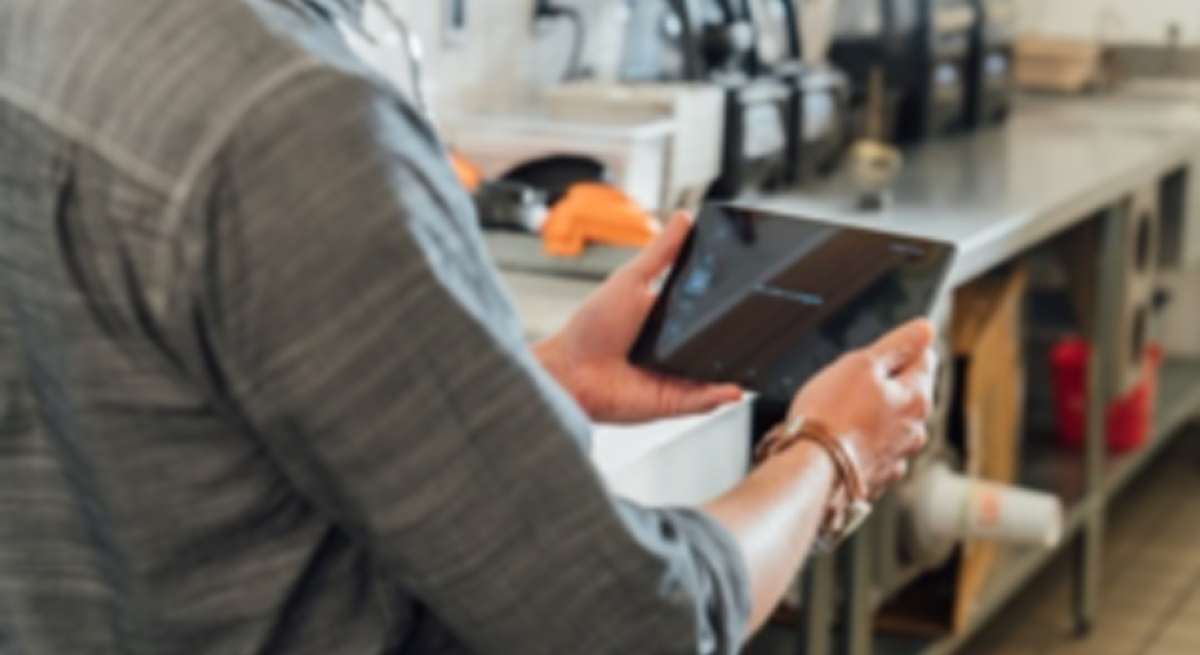Tips for App-Driven Profits (Sponsored)
4 Min Read By Uber Eats
Sign up today with Uber Eats
Delivery was already on the rise in the food industry, and COVID-19 accelerated this shift. For restaurants, that means making the most of this opportunity to connect with customers.
If you own, run or work at a restaurant, it’s been a tough year with more uncertainty ahead. But the good news is, across the industry, business is back on the rise—powered by limited in-person seating and continued diner interest in take-out and delivery.
Third-party delivery apps like Uber Eats are part of that mix and will likely be a fixture of restaurant operations in the future—Uber Eats research found that 92% of operators plan to continue working with third-party delivery services postcrisis, including 88% of those1 that joined recently.
Moving forward, restaurants can find success with these apps by using them to their full potential. In addition to greater reach and a delivery network, Uber Eats offers its partners access to the same tools that big businesses use to chart a path toward growth: data-backed insights. These capabilities will enable you to make savvy decisions that help drive profits, anticipate change and grow despite these challenging circumstances.
1. Maintain a Data-Driven, Delivery-Only Menu
If you’re frustrated that you’re not seeing more sales from delivery, consider creating a delivery-only menu of high-margin, transportable items.

High-Margin Items Make Delivery Fees Manageable. Every restaurant has menu items that they can charge a high price for, but are actually relatively inexpensive to make. Use data to identify your most profitable items and offer them for delivery to minimize losses due to in-app fees. Reserve your low-margin items for in-person diners.
Delivery Requires a New Kind of Quality Control. Good presentation is hard to maintain when food is put in a to-go box, transported for miles and sometimes left sitting in an apartment lobby or on a cold porch. Limit your delivery menu to foods that can make the journey. Packaging will help, too: serve all sauces on the side, for example, and include reheating instructions.
Keep the Menu Up-to-Date Online. Do you often get orders for certain items even after you’ve 86ed them? With Uber Eats Manager, you can set order limits, or immediately remove items from your menu that are no longer available, to avoid disappointed diners. You can also make changes to your menu based on customer feedback data for each item (more on that below!)
2. Execute an Effective Marketing Strategy
A huge advantage of third-party delivery apps is that they allow you to reach an untapped market of diners—Uber and Uber Eats had 103 million monthly active users in Q1 2020.

In-App Promotions Attract New Customers. While in-app ratings help diners assess whether they want to try a new restaurant, deals can incentivize them to try your restaurant over another— on average, at least 55% of diners2 who take advantage of a promotion are new to the restaurant. Launch promotions using Uber Eats Manager with just a few clicks—whether it’s a few dollars off a popular dish or a free appetizer with an order. You can also use Sponsored Listings to boost your ranking on the Uber Eats homepage to support promotions like these.
Use Metrics to Get the Most Out of Your Marketing Dollars. You can also use Uber Eats Manager to track how much money you spent on the promotion compared to how much it brought in sales. This way, you can start to figure out which promotion combos drive business for your restaurant. Not sure where to start? Uber Eats data shows the two most cost-effective strategies are Buy 1 to Get 1 Free and Spend More, Save More (e.g. $5 off with a minimum spend).
3. Track Feedback to Make Improvements
In-house dining guests rarely provide transparent, direct feedback—but the Uber Eats platform is designed to gather these insights through order tracking and prompts to customers. Take advantage and make changes in response to this feedback: in addition to turning happy customers into returning patrons, better ratings in the Uber Eats app will make you more visible to new diners.
Customer Satisfaction Ratings Offer Areas for Improvement. The Uber Eats app allows customers to rate their experience on a scale of one to five stars and indicate the reasons they gave their rating. Customers can also share thumbs up/thumbs down ratings on deliveries and the menu item(s) they ordered. Use these insights to make changes that will delight customers—like tweaking a recipe after customers called for more spice—and increase your ratings.

Accurate Prep Times Keep Diners Happy. One of the biggest reasons for low customer satisfaction ratings are wait times—in particular, wait times that customers didn’t expect. Set an average, but remember to adjust it when necessary (give your kitchen more time during busy hours, for example). If you keep prep times accurate and set realistic expectations with customers about how long they’ll have to wait for their meal, the more likely they are to rate the experience positively. Another way to ensure wait times don’t affect your reputation? Use third-party drivers to augment your existing staff. This allows you to easily expand your delivery capabilities without the extra overhead. If you usually use your own delivery staff, but are experiencing a surge, just press a button to tap into the Uber Eats network.
Understand The Reason for Any Missed or Inaccurate Orders. Top-rated restaurants tend to accept orders right away and double-check the details of each order before hand-off. Missed or inaccurate orders can hurt ratings. In the Uber Eats app, you can see the date/hour a missed or incorrect order occurred to help figure out a solution. For example, missed orders might happen during your busiest times and you need someone else on-staff to help manage incoming online orders. If you’re struggling with accuracy, consider printing order receipts instead of writing them by hand, and label containers with the receipt or order number to avoid any mix-ups.
As you make improvements, you can track performance over time to see the impact of any changes you make on your sales, order volume, and ticket size.
Off-Premise Ordering is the New Normal
COVID-19 has only accelerated this rise of take-out and delivery options (including not only restaurants but also grocery and other verticals) as consumers demand more convenience. To ensure your restaurant can adapt, lean into third-party delivery capabilities and find new opportunities to find success in this new normal.

